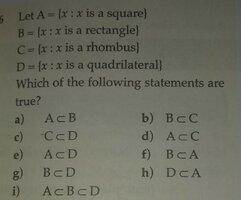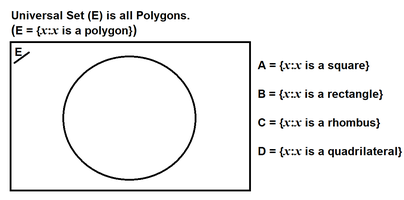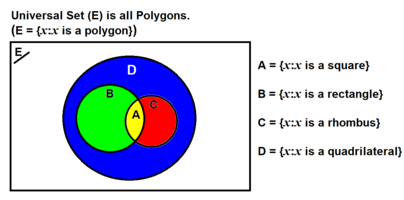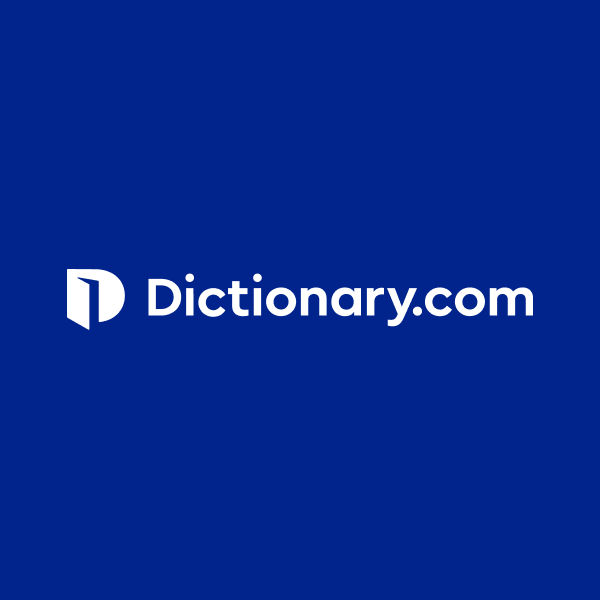(When I was in primary school our teachers taught us to call a non-square rectangle an oblong. This is a valuable distinction that has been lost nowadays and so we get kids coming up to high school believing that a square and a rectangle are two completely different things, whereas we (my generation) knew that squares and oblongs were both rectangles! Unfortunately, many of the current (primary school) teachers fail to understand this themselves; hence the persistence of the misconception!)
This may not, of course, be true of all schools everywhere; but the misconception is certainly common. I just attribute it to the difference between everyday usage, which tends to be exclusive ("no, I asked for the rectangle, not the square!"), and technical usage, which tends to be inclusive ("this theorem applies to all rectangles, and therefore specifically to squares").
I recently had a discussion in which someone pointed out that Euclid's Elements, Book I, Def. 22, says, as they quoted it to me: “Of the quadrilateral figures: a
square is that which is right-angled and
equilateral, a
rectangle that which is right-angled but
not equilateral, a
rhombus that which is equilateral but
not right-angled”. That implies that squares are not rectangles (or rhombuses).
But then I checked
my usual source for Euclid, and found that it had a better translation: "Of quadrilateral figures, a square is that which is both equilateral and right-angled; an
oblong that which is right-angled but not equilateral; a rhombus that which is equilateral but not right-angled; and a rhomboid that which has its opposite sides and angles equal to one another but is neither equilateral nor right-angled. And let quadrilaterals other than these be called trapezia."
I know enough Greek to check this, and the latter translation is indeed better. There are two different words, one of which literally means oblong ("different-sided"), and the other literally means rectangular ("right-angled"). So the first translator made the same mistake you refer to. (But ultimately it's a matter of definition; apparently the Greeks defined the rhombus exclusively, like the oblong.)






